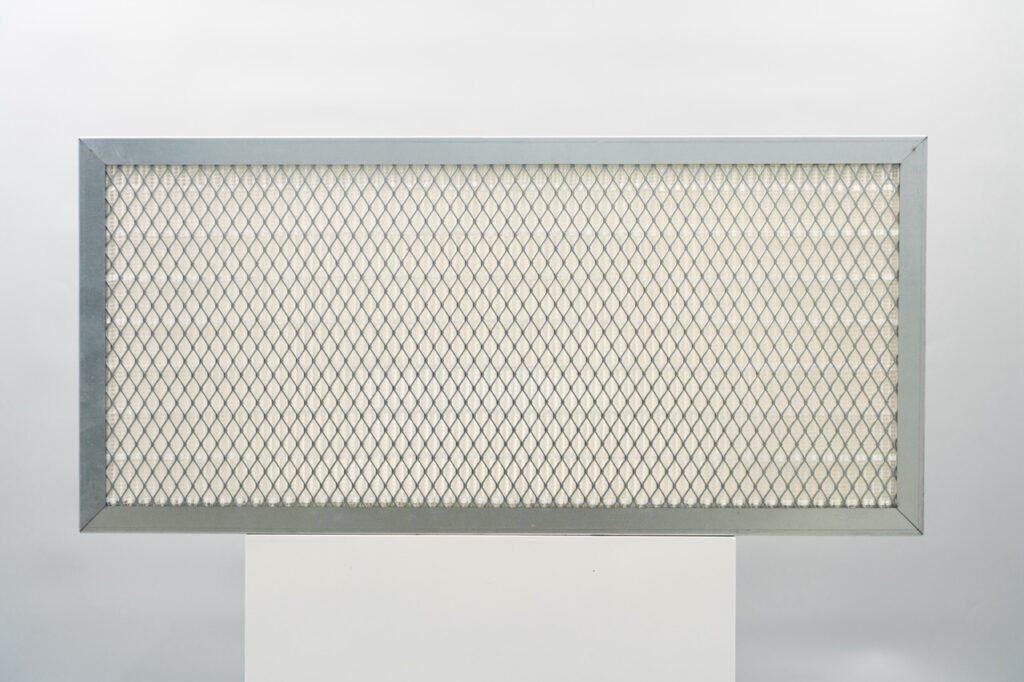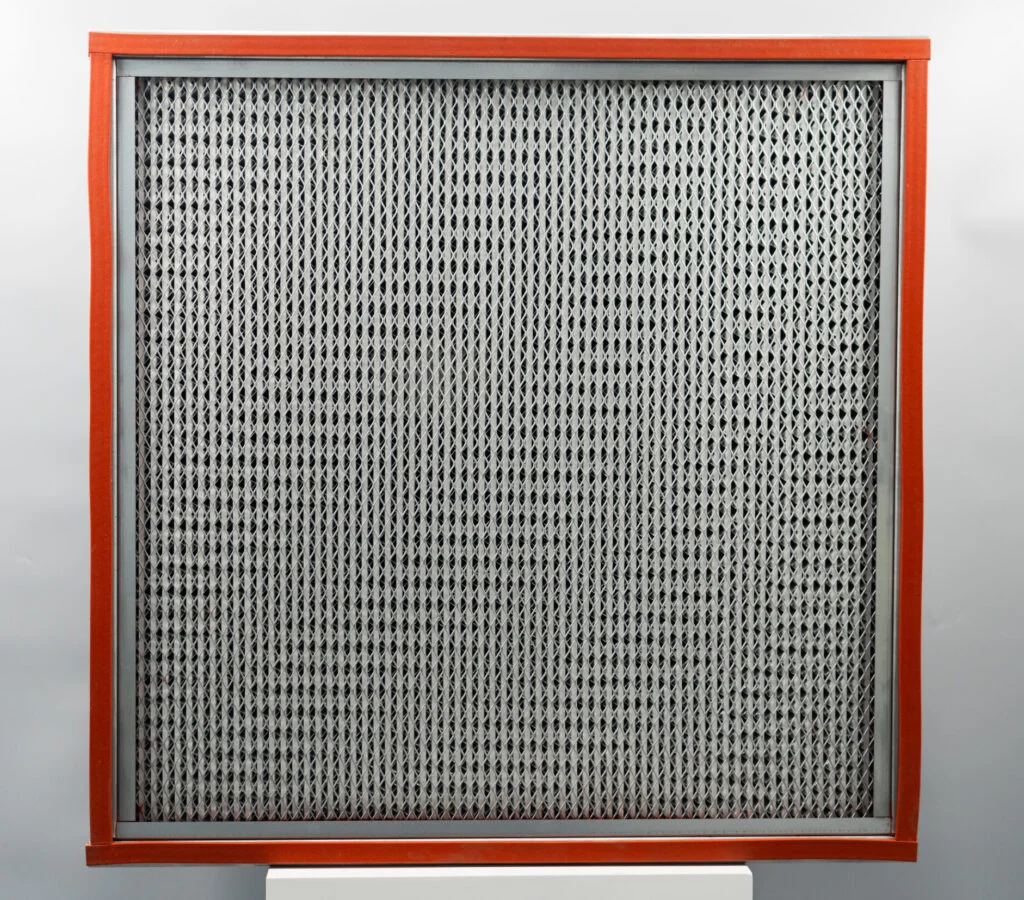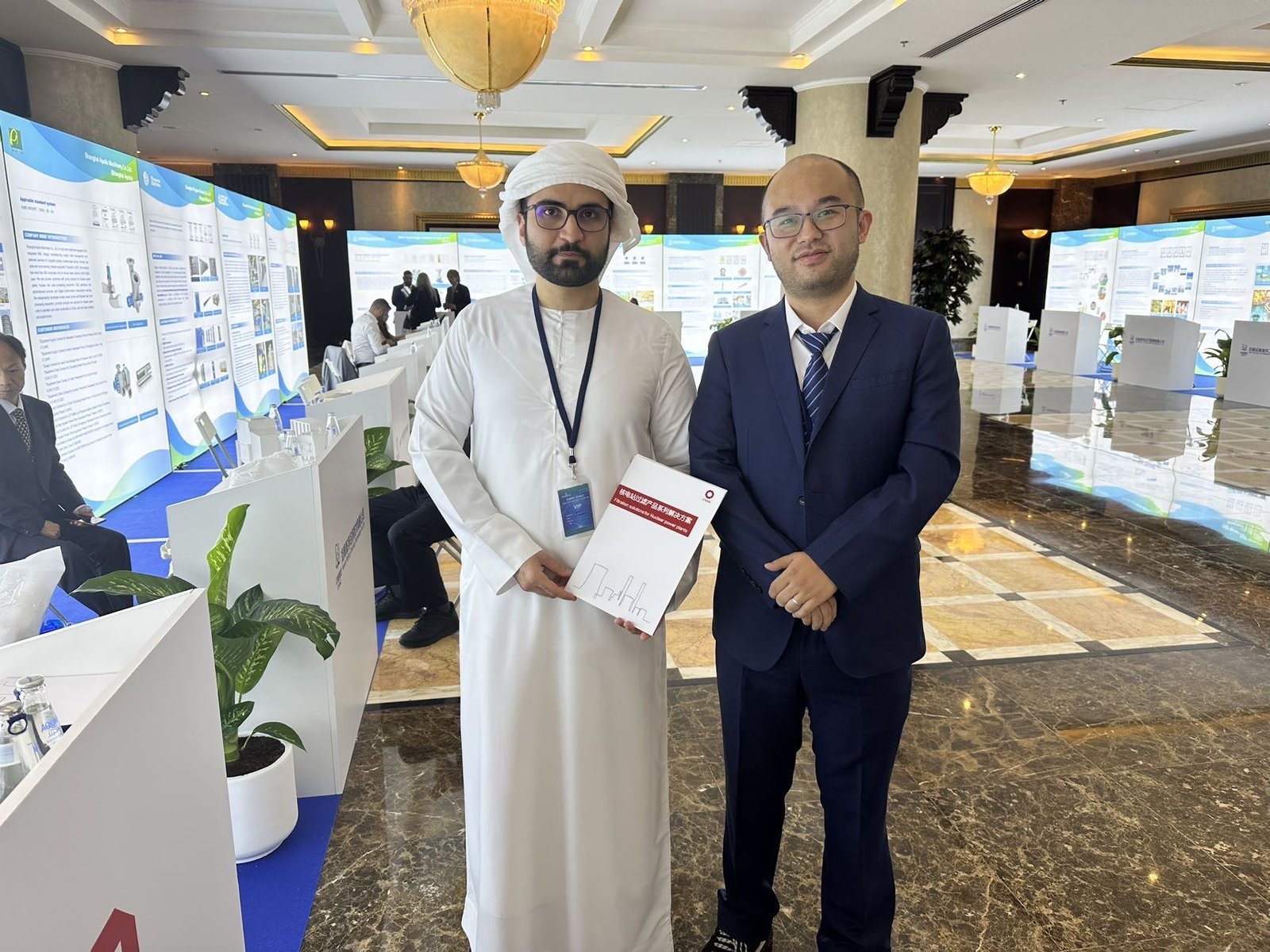Choosing the right High Temperature Filter for hot environments is crucial. It ensures that operations run smoothly and reliably. A high-temperature filter is specifically designed to perform in challenging conditions while maintaining air purity. For industries such as automotive coating or pharmaceuticals, understanding your specific requirements is essential to select the best filter. Some high-temperature filters are engineered to capture up to 99.9% of particles and can withstand temperatures up to 1000°C. Regular maintenance, such as frequent cleaning, is important to keep these filters functioning optimally. This proactive care also extends their lifespan, making them a smart choice for long-term use.

Key Takeaways
Know what your system needs before picking a filter. Check the heat level and what kind of dirt is in the air.
Pick a filter material that handles high heat and chemicals. Strong materials like stainless steel or ceramic work well in tough places.
Look at how well the filter cleans. Higher ratings mean it catches more dirt, giving cleaner air and better system work.
Clean and change filters often to keep them working well. Dirty filters don’t work as well and can cause expensive problems.
Think about cost and how well it works. Good filters may cost more but save money later by needing less fixing or replacing.
Understanding Your Filtration Needs
To pick the right filter, know your needs first. Check your system’s conditions, contaminants, and requirements. This helps the filter work well.
Identifying Operating Temperature Requirements
Your system’s temperature is key to choosing a filter. Filters are made for certain temperature ranges. For example:
Filter Type | |
|---|---|
Standard HEPA Filters | 250°C (482°F) |
High-Temperature HEPA Filters | 400°C (752°F) |
Metal Sintered Filters | > 400°C (> 752°F) |
Match the filter’s heat limit to your system’s needs. If your system runs at 350°C, use a high-temperature HEPA filter. Always check the highest temperature your system reaches. This avoids damage and keeps the filter working well.
Determining Contaminant Types and Levels
Know what contaminants are in your system to choose the right filter. Common contaminants include:
Dust or small particles in the air.
Oil and grease that can block parts.
Chemicals like biocides from processes.
Organic carbon that affects air or water.
Each contaminant needs a special filter. For example, hydraulic systems with oil need return line filters. Knowing the contaminants helps you pick the best filter for your system.
Evaluating System Constraints and Flow Rate
Your system’s size and flow rate affect filter choice. High flow rates need filters that handle large volumes. The filter must also work with the chemicals or gases in your system. Filters should handle pressure and tough conditions without breaking.
By checking these factors, you can find the right filter. This ensures your system works well in high heat.
Choosing the Right Filter Material
Picking the right filter material helps it work well. The material must handle heat and chemicals to stay effective.
Checking Chemical and Heat Resistance
Filters need to resist heat and chemicals to last longer. Some materials break down in heat or react with chemicals. For example, porous composite microfiltration membranes (PCMM) resist heat up to 900°C for 100 hours. Ti-48Al materials do not last as long in the same heat. Filters made from PCMM are great for tough heat and chemical conditions. Always check your system’s needs to pick the right material.
Comparing Material Choices (like stainless steel or ceramic)
Different materials work better for different jobs. Stainless steel is strong and resists rust, good for tough places like near the ocean. Ceramic filters handle high heat and trap tiny particles well. The table below shows how materials perform:
Metric | What It Means |
|---|---|
Air Permeability | Shows how much air can pass through the filter. |
Measures how well the filter traps dust using a formula. | |
Effectiveness of Dust Containment | Checks how well the filter holds dust in different situations. |
Knowing these details helps you pick the best material for your system.
Matching Material to Where It’s Used
The material must fit the environment to work best. PTFE and aramid resist heat and chemicals, perfect for tough industrial jobs. Polyester and polypropylene are fine for general chemicals but fail with strong acids or bases. Cotton bags should not be used with corrosive chemicals. For outdoor filters near the sea, 316L stainless steel is best because it resists rust. Use the table below to match materials to environments:
Material | Environment | Best Use |
|---|---|---|
316L Stainless Steel | Near the ocean | Great for outdoor filters, resists rust well. |
Cotton Filter Bag | Corrosive chemicals | Not good for strong chemicals. |
PP and Polyester | General chemicals | Works for mild chemicals, not strong ones. |
PTFE and Aramid | Tough environments | Handles heat and chemicals, filters over 99%. |
By knowing what works where, you can pick the best filter material for your needs. This keeps your system running smoothly for a long time.

Evaluating Filter Performance and Efficiency
Understanding Filtration Efficiency Ratings
Filtration efficiency shows how well a filter traps particles. This is very important in industries like medicine and aerospace. Clean air is critical for these fields. Filters are rated by standards like ISO 29463 or EN 1822. Common filters include H13, H14, and H15. The table below shows these ratings:
Efficiency Rating | Market Size (USD Billion) |
|---|---|
H13 | N/A |
H14 | N/A |
H15 | N/A |
Pick a filter with the right rating for your system. Higher ratings mean better particle capture. This leads to cleaner air and better system performance.
Considering Pressure Drop and Airflow
Pressure drop and airflow affect how well your system works. High pressure drops can block airflow and hurt performance. Bigger filter areas can lower pressure drops and improve airflow. Key points include:
Bigger filters lower pressure drops and keep airflow steady.
Filter design matters more than depth, as shown in studies.
Choose filters that balance pressure and airflow. This helps your system work well without losing efficiency.
Ensuring Consistent Performance in Extreme Conditions
Filters must work well in tough conditions. New filter materials, cleaning systems, and sensors improve performance. The table below explains these upgrades:
Evidence Type | Description |
|---|---|
Filter Media Advancements | Better efficiency and longer life in high heat. |
Automated Cleaning Systems | Faster cleaning and less downtime. |
Smart Sensors | Tracks performance and improves it using data. |
Filters with these features perform well in hard environments. They protect your system and lower maintenance costs over time.
Taking Care of Filters for Long Use
Knowing When to Replace Filters
Changing filters on time keeps your system working well. It also avoids expensive problems. High-temperature filters, like those in hydraulic systems, need regular checks. This helps them keep removing dirt and harmful stuff. Old filters can lose up to 80% of their cleaning power. Dirty filters can also grow bacteria, which makes things worse.
To decide when to replace filters, look at these numbers:
Pressure Drop (dP) | Hours Used | Cost Effect | |
|---|---|---|---|
Best Time to Replace | 1.6″ w.g. | 8000 hours | Lowest cost |
Manufacturer’s Limit | 2.4″ w.g. | 13000 hours | Costs 4.6% more |
OEM’s Limit | 5″ w.g. | 24000 hours | Costs 39% more |
Changing filters before they get too clogged saves money. It also stops dirt from getting through. For hydraulic systems, plan to replace return line filters regularly. This keeps them working well and lowers risks.
Checking Strength and Durability
Strong filters last longer. High-temperature filters must handle tough conditions without breaking. Materials like stainless steel and ceramic are strong and work well in hard places. Filters with strong glue and frames stay together in high heat.
When picking a filter, look for strong frames and heat-proof glue. Filters for hydraulic systems often have these features. They handle pressure changes and chemicals better. A strong return line filter works well and needs fewer replacements.
Making Maintenance Simple and Saving Money
Easy-to-maintain filters save time and money. Pick filters with simple designs, like quick-release parts. These make cleaning and replacing faster. Some filters have automatic cleaning or smart sensors. These tools tell you when to clean or replace them.
Regular care stops filters from releasing trapped dirt back into the system. Dirty filters can lower water pressure and air quality. This can cost more money and cause health problems. For hydraulic systems, keeping the return line filter clean ensures good flow and dirt removal. This protects your equipment and saves money over time.
By taking care of filters and choosing strong ones, you can make them last longer and keep your system running smoothly.

Balancing Cost and Compliance
Matching Budget with Performance Needs
Picking a high-temperature filter needs balancing cost and performance. Good filters may cost more at first but save later. Filters made of strong materials, like stainless steel or ceramic, last longer. They need fewer replacements, cutting down maintenance costs.
Think about what your system needs before choosing. If your system faces high heat, buy a filter with strong heat resistance. This ensures it works well and lasts longer. For systems in easier conditions, a cheaper filter might work fine. Always compare the upfront price with savings from less downtime and repairs.
Following Industry Rules
Filters must follow industry rules to work safely. Standards like ISO 29463 or EN 1822 ensure filters clean air properly. These rules help filters trap tiny particles and keep air clean.
In the U.S., strict rules push industries to use better filters. The Environmental Protection Agency (EPA) enforces air quality laws. Using approved filters avoids fines and protects your equipment. Following these rules also shows your business is responsible and trustworthy.
Thinking About Long-Term Savings
Long-term savings are important when picking a filter. Cheap filters might seem good but often fail quickly. Replacing them often and fixing problems can cost more over time.
Strong, efficient filters save money by lasting longer. For example, ClearFilter’s High-Temperature Filters are durable and work well. They handle tough conditions and need less maintenance. This saves money and keeps your system running smoothly. By considering these benefits, you can choose a filter that balances cost and rules wisely.
Picking the right filter helps your system work well. First, know what your system needs, like heat limits and dirt types. Choose a high-temperature filter made from materials that fit your environment. Check if it works well in tough conditions. Focus on strong filters that are easy to maintain to save money later.
ClearFilter’s industrial filters are a great choice. They work well and follow safety rules, perfect for hard jobs. By doing these steps, you can keep your equipment safe and air clean.

FAQ
What is the highest temperature ClearFilter’s High-Temperature Filters can handle?
ClearFilter’s High-Temperature Filters work in heat up to 350°C. They are great for industries like aerospace and medicine that need reliable filters in high heat.
How can I check if a filter meets industry rules?
Check for certifications like ISO 29463 or EN 1822. These prove the filter meets strict air cleaning standards, making it good for important uses.
Tip: Always check the product label or papers for certification details.
How often should I change a high-temperature filter?
How often you replace depends on your system’s use. Usually, change filters every 8,000 hours or when pressure drop hits 1.6 inches of water column for best results.
Can I get ClearFilter’s High-Temperature Filters customized?
Yes, ClearFilter lets you customize filters. You can choose sizes, materials, or filtration levels to fit your system’s needs.
What can these filters remove?
ClearFilter’s High-Temperature Filters trap fine dust, particles, and other airborne dirt. They clean air with up to 99.995% efficiency, keeping critical spaces safe.
Note: For specific dirt types, check product details or ask ClearFilter’s support team.






